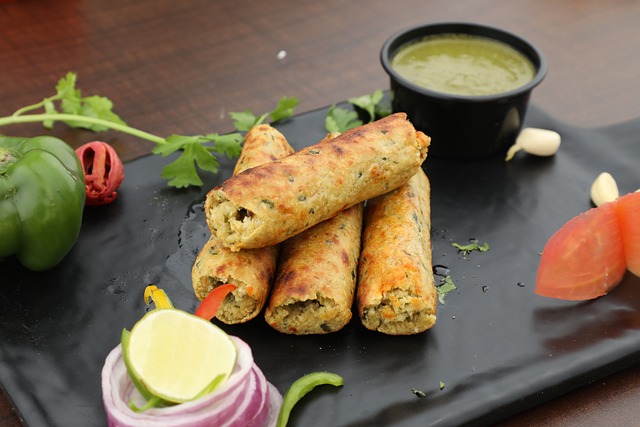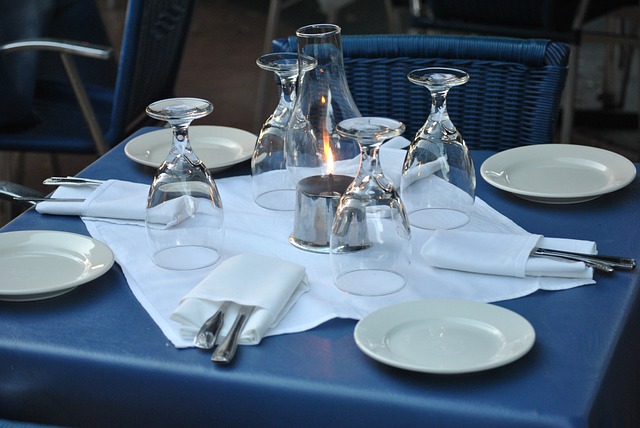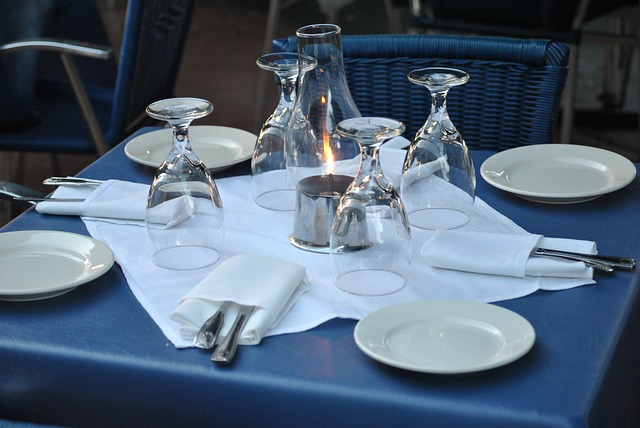You’re in for a treat as this article unlocks the world of tasting menus and chef’s table experiences. Get ready to learn about how to access these exclusive dining opportunities and enhance your gastronomic journey. You’ll understand the intricacies involved, as well as tips on making the most out of these culinary experiences. Stay tuned, a sumptuous journey awaits you!

This image is property of pixabay.com.
Understanding Tasting Menus and Chef’s Table Experiences
Definition of Tasting Menus
It’s a gastronomic adventure! A tasting menu is a collection of small portion dishes served by a restaurant as a single meal showcasing a chef’s best work or a thematic demonstration of their style. As a culinary enthusiast, you may guess how thrilling it is to browse through the best a chef has to offer.
What is a Chef’s Table Experience?
Escalating the dining experience to the next level is the Chef’s Table experience. Here you are treated to a first-hand encounter of the culinary process. You’re given a front-row seat, often literally in the kitchen or by the workstation where the magic happens.
Key Differences Between Tasting Menus and Chef’s Table Experiences
Though they both provide intimate dining experiences, the key differences hinge upon the level of interaction with the culinary process and the exclusivity involved. While a tasting menu showcases a chef’s unique skills through the dishes served, a Chef’s Table experience allows you to peek behind the curtain, engaging with the chefs, understanding their artistry in depth.
Historical Background of Tasting Menus and Chef’s Table Experiences
The Origin of the Tasting Menu concept
Believe it or not, the concept of tasting menus can be traced back to ancient Romans! However, in recent times, it became popular with French ‘haute cuisine’, during the 19th century. Over the years, this concept has expanded globally, impressing food lovers the world over.
The Emergence of Chef’s Table Experiences
Meanwhile, the notion of a Chef’s Table originated in the 20th century, with chefs wishing to create a more immersive dining experience for patrons. Earlier, it was reserved for VIP guests, however, it is now accessible to any food lover willing to enjoy such an exclusive experience.

This image is property of pixabay.com.
Typical Features of Tasting Menus and Chef’s Table Experiences
Unique Elements of Tasting Menus
Tasting menus usually include multiple courses, typically ranging from five to twenty, and each dish introduces you to a precise combination of flavors, textures, and presentations crafted by the chef.
Defining Aspects of Chef’s Table Experiences
On the other hand, Chef’s Table experiences are defined by their intimacy and engagement allowing direct interaction with chefs. You can look forward to special dishes and pairings that may not be available on the standard menu.
Prominent Locations for Tasting Menus and Chef’s Table Experiences
Popular Cities for Tasting Menus
Tasting menus have their hotspots – from the culinary capital of Paris to the eclectic food scene in Tokyo, and not forgetting New York, with its exciting array of high-end restaurants.
Best Destinations for Chef’s Table Experiences
For Chef’s Table experiences, one might want to access the lively gastronomic terrain of Barcelona, or perhaps Napa Valley with its gourmet nature, and London with its fusion of culinary traditions.

This image is property of pixabay.com.
Selecting Your Ideal Tasting Menu or Chef’s Table Experience
Determining Budget for a Tasting Menu or Chef’s Table Experience
Given the exclusive nature of these experiences, they can be pricey. You’ll need to set a comfortable budget and balance between the culinary adventure you desire and what you’re willing to invest.
Understanding Dietary Restrictions and Preferences
It’s crucial to check whether the restaurant offers vegetarian, vegan, gluten-free, or allergy-adjusted options if needed. Share your dietary restrictions and preferences ahead of time.
Choosing Between Tasting Menu and Chef’s Table Experiences
Finally, it’s about personal preference – if you enjoy watching the culinary ballet and engaging with the chef, then Chef’s Table is your dining stage. If you’re more intrigued by experiencing a variety of dishes, opt for the Tasting Menu.
The Culinary Artistry Behind Tasting Menus and Chef’s Table Experiences
Use of Seasonal and Local Ingredients
These experiences often use sustainably-sourced foods, lending to fresh, innovative dishes that reflect the season and locale.
The Role of Culinary Techniques and Presentation
Innovative culinary techniques and immaculate presentation form a vital part of these dining experiences. You get to relish not just epicurean delights but also the magnificent artistry involved.
The Sensory Experience – Incorporating Sight, Sound, Smell, Taste, and Touch
Indulge in a total sensory experience – from the spectacle of preparation, the sound of sizzling ingredients, fragrant wafts, delightful taste profiles to the texture of each dish.
Exploring Different Styles of Tasting Menus and Chef’s Tables
Fusion and Multicultural Tasting Menus
Expect an assortment of fusion and multicultural tasting menus globally, reflecting the region’s local flavors and the chef’s heritage.
Vegetarian and Vegan Tasting Men
Fret not, vegetarians and vegans! There are plenty of establishments specializing in plant-based tasting menus, delivering equally sumptuous meals without compromising on taste or creativity.
The Influence of a Chef’s Personal Style on Chef’s Table Experiences
Likewise, Chef’s Table experiences celebrate the personal style and philosophy of the chef, providing a unique perspective into their culinary world.
Benefits of Tasting Menus and Chef’s Table Experiences
The Advantage of Variety in Tasting Menus
Tasting menus give you a spectrum of dishes, letting you savour an array of flavors and culinary styles in one setting.
The Exclusive and Personalized Aspect of Chef’s Table Experiences
Chef’s Table experiences, on the other hand, pamper you with exclusivity and personalization, making your dining experience exceptional.
Boost to Local Economy and Sustainable Practices
By employing local produce and responsible sourcing practices, these dining experiences can promote local economy and sustainability.
Downsides and Common Criticisms of Tasting Menus and Chef’s Table Experiences
The Cost Factor
These experiences come with a hefty price tag, making it a high-end luxury not accessible to everyone.
Potential for Overindulgence and Waste
With multiple courses served, there is potential for waste and overindulgence.
Critiques of Exclusivity
Some critics argue that these experiences contribute to the widening gap in food access and create social divides.
Conclusion: The Enduring Appeal of Tasting Menus and Chef’s Table Experiences
A Shift in Dining Preferences
Diners today are seeking bespoke experiences over mere sustenance, and tasting menus and chef’s table experiences perfectly cater to this shift.
Future Trends in Tasting Menus and Chef’s Table Experiences
With increased focus on sustainability, local sourcing, and personalized dining, the modern world appears ripe for more exciting adventures in tasting menus and chef’s table experiences.
In conclusion, the opportunities to savor these unique culinary escapades are plentiful. After all, they are not just meals, but memories etched into your taste buds. So, are you ready to embark on this gastronomic journey?










